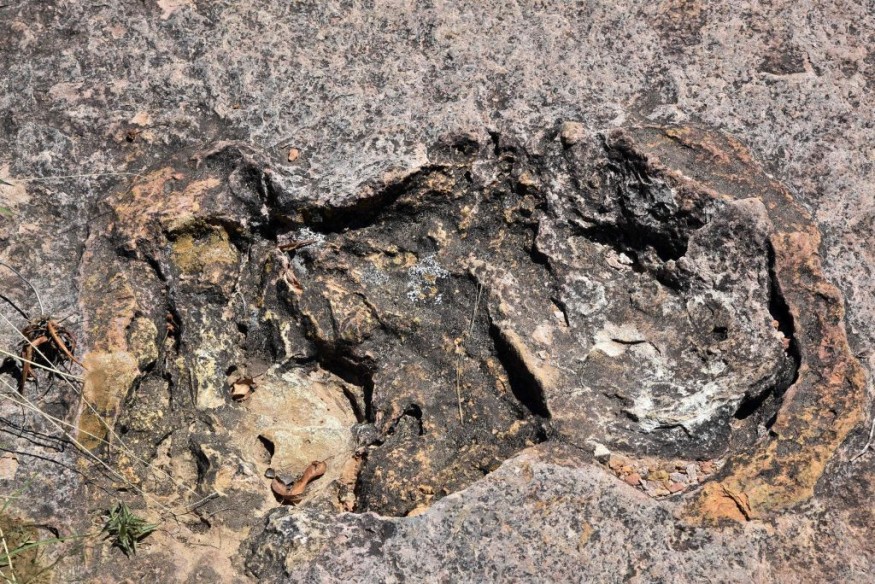Throughout the first half of the 19th century, Mary Anning busied herself changing the world of paleontology by going out for walks on the beach, particularly on the Jurassic Coast of Britain, in Dorset.
It's on this site where Anning collected numerous fossils and ignited so much public interest that even major museums "could not keep up with demand," IFL Science reported.
To date, the Dorset shores guests are still hoping to discover their very own fossil from the Jurassic period. However, that's not the only part of Britain where a mere walk on the beach can turn up a prehistoric relic. In Penarth, Wales, in 2020, another unprofessional paleontologist found a set of imprints in the ground that has been described in a new study published in the Geological Magazine journal as a 200-million-year-old Triassic sauropod's footprints.
ALSO READ : Fossil of Prehistoric Frog-Legged Leaf Beetle Species Named After Natural Historian Sir David Attenborough

History Proven Important
According to the London-based Natural History Museum's Dr. Susannah Maidment, they're getting a lot of inquiries from members of the public for things "that could be trackways."
Nevertheless, a lot of geological traits can be mistaken for them. From the images sent by Kerry Rees, an amateur paleontologist, it was thought they were a fairly ideal contender for something that could be tracked and that it would be worthy of taking a look.
In fact, they were not the first paleontologist to have performed so. When they did a slight digging, they found that the area had formerly been studied by a handful of prior excavation teams, one from France, another from the Cardiff University nearby, and one which included Cindy Howells from the National Museum of Wales, one of the paper's co-authors.
Such a history had proven important. Professor Paul Barrett, a fellow Natural History Museum paleontologist, said the prints suggest that they were of animal walking and it shows their movement through the soft ground. However, he said it lacked an important factor - toes.
Triassic Dinosaur
Fortunately, though, the French researchers took images of the area. The NHM paleontologist could see that, back then, there were indeed characteristics to the prints with an appearance similar to toes, such tinier impressions had been weathered away in a decade since the French investigation.
Now convinced that the imprints were footprints, the researchers were faced with another question, what actually made them.
Tracks like these explained Barret, are not specifically typical globally, and the Triassic dinosaurs' record in the United Kingdom is comparatively small. However, some hints nearby could help them determine the heavy-footer hiker.
Maidment said, on the other hand, it's known early sauropods existed in Britain at that time, as bones of Camelotia, a very early sauropod, have been discovered in Somerset in rocks dated to the same era.
More so, it is one of the very early sauropods, not necessarily Camelotia itself, though, that the two believe, is accountable for the tracks.
Technically speaking, the finding is an "Eosauropus," a trackway created by an unknown species of a very early sauropod. Over the next few dozen million years, this trackmaker's descendants would evolve into some of the most iconic giants like Diplodocus and Brachiosaurus of the Jurassic age.
Related information about sauropod footprints is shown on the Cleveland Museum of Natural History's YouTube video below:
Check out more news and information on Paleontology in Science Times.
© 2026 ScienceTimes.com All rights reserved. Do not reproduce without permission. The window to the world of Science Times.












